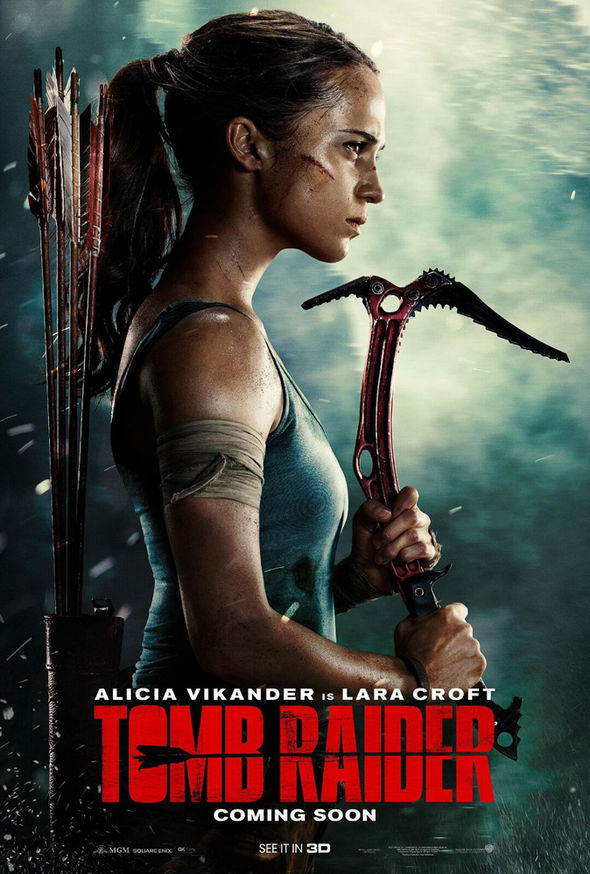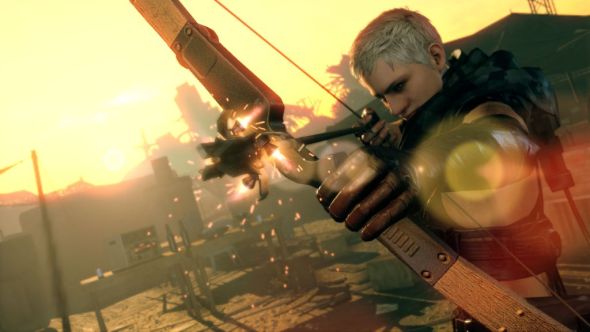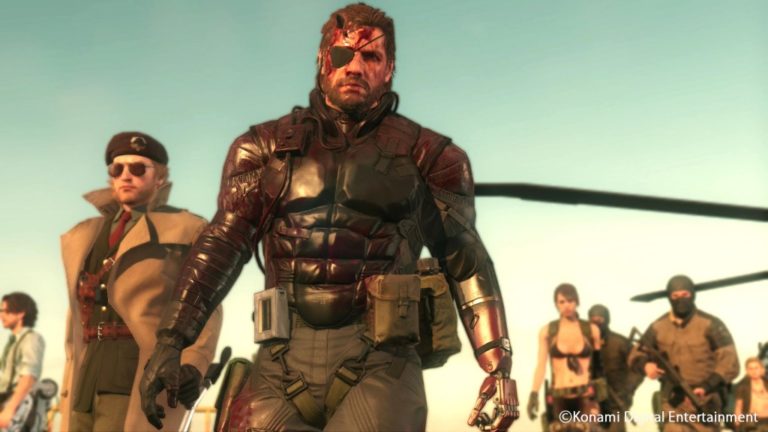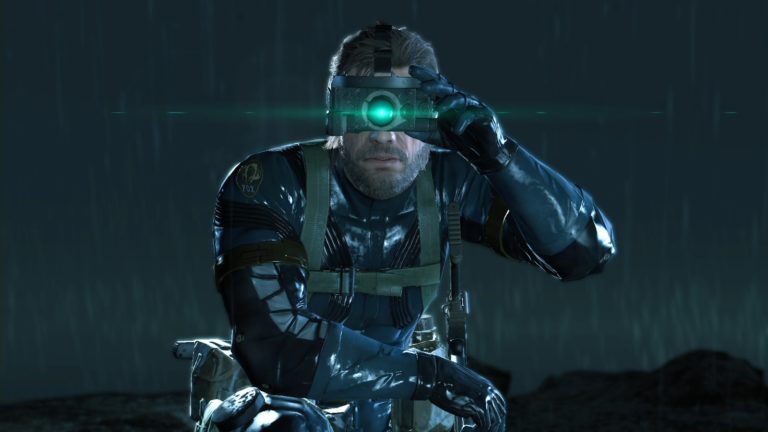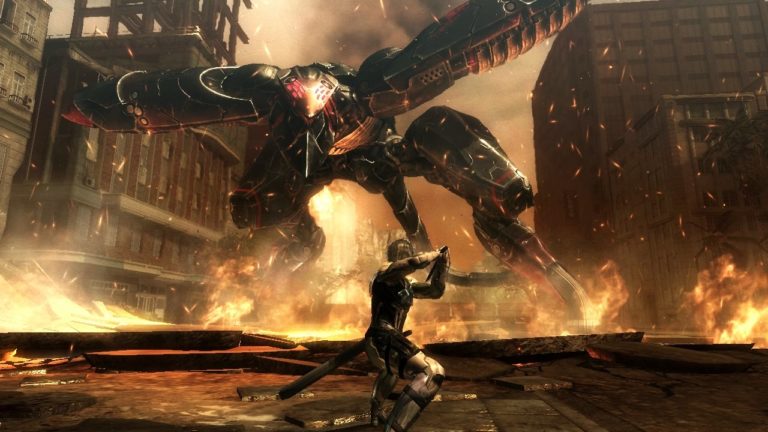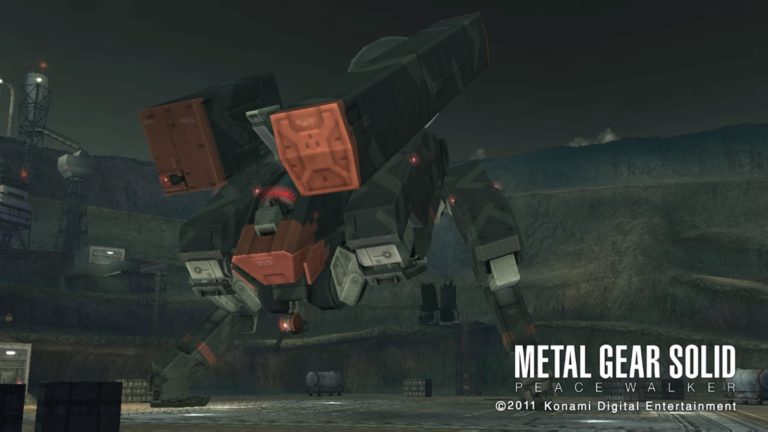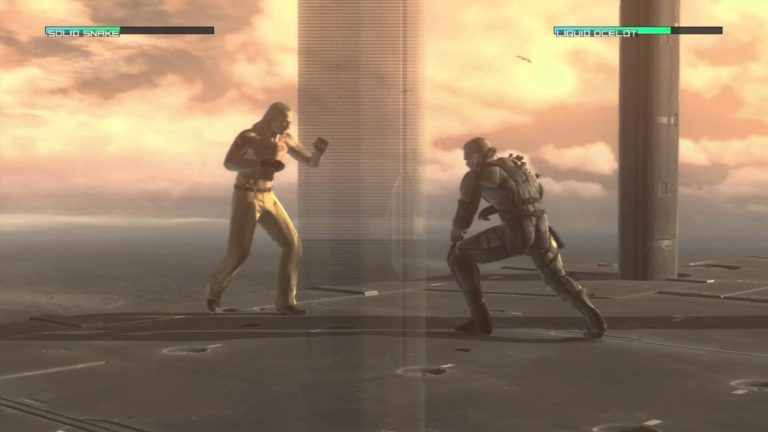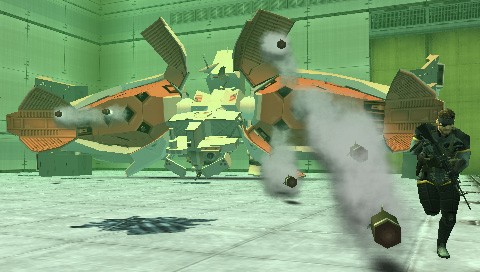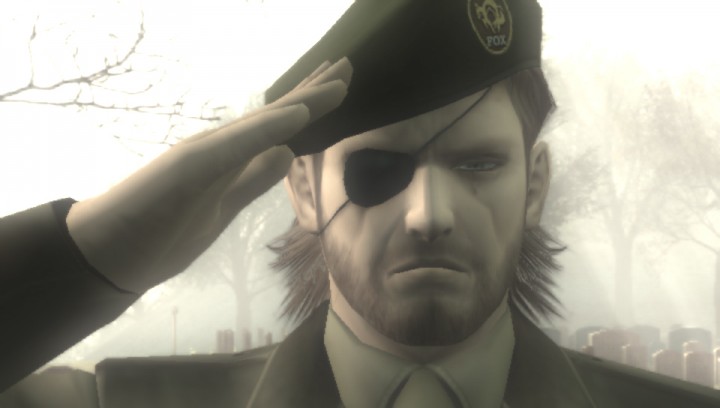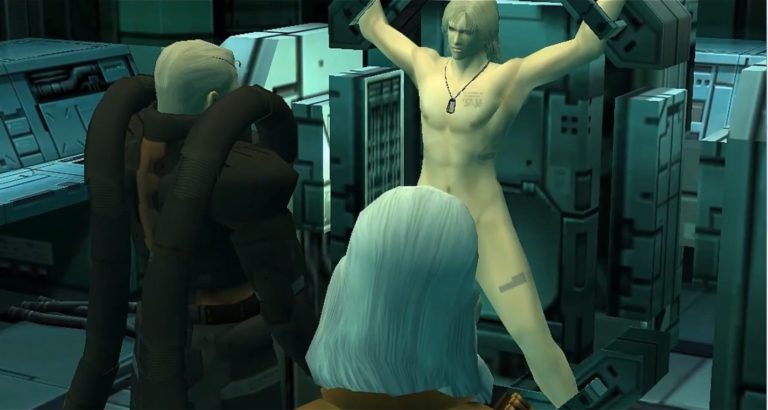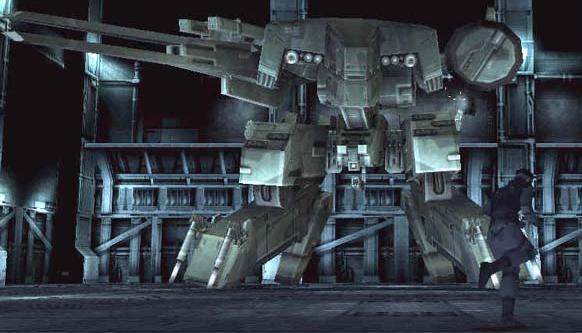It isn’t really something that I have mentioned here on IC2S, but I absolutely love the Pokemon...
video games
It’s no secret that I quite enjoy the two most recent Tomb Raider games and the upcoming third game...
I’ll be honest, I’ve been lazy about updating the blog lately. I’ve got about a half dozen...
This happens to be my 200th post on I Choose to Stand, and I’ve put together something...
AFTERTHOUGHTS This has been quite a journey that we have embarked on. It literally took me months...
So finally we come to the most recent entry in the Metal Gear franchise – and likely the...
Welcome back to the Metal Gear retrospective! In this entry we’re going to cover the 10th game in...
Welcome back to the Metal Gear retrospective! In this entry we’re going to be covering the ninth game...
Welcome back to part eight of the Metal Gear retrospective. In this entry we’re going to be covering...
Welcome back to the Metal Gear retrospective! In this entry we’re going to cover the seventh entry in...
Welcome back for part six of the Metal Gear retrospective. In this entry, we’re going to be covering...
Welcome back to the Metal Gear retrospective! In this entry we’re going to cover the fifth canonical installment...
Welcome back to the Metal Gear retrospective! In this entry we’re going to cover the fourth game...
Welcome back to the Metal Gear retrospective! In this entry we’re going to cover the third, and arguably...

